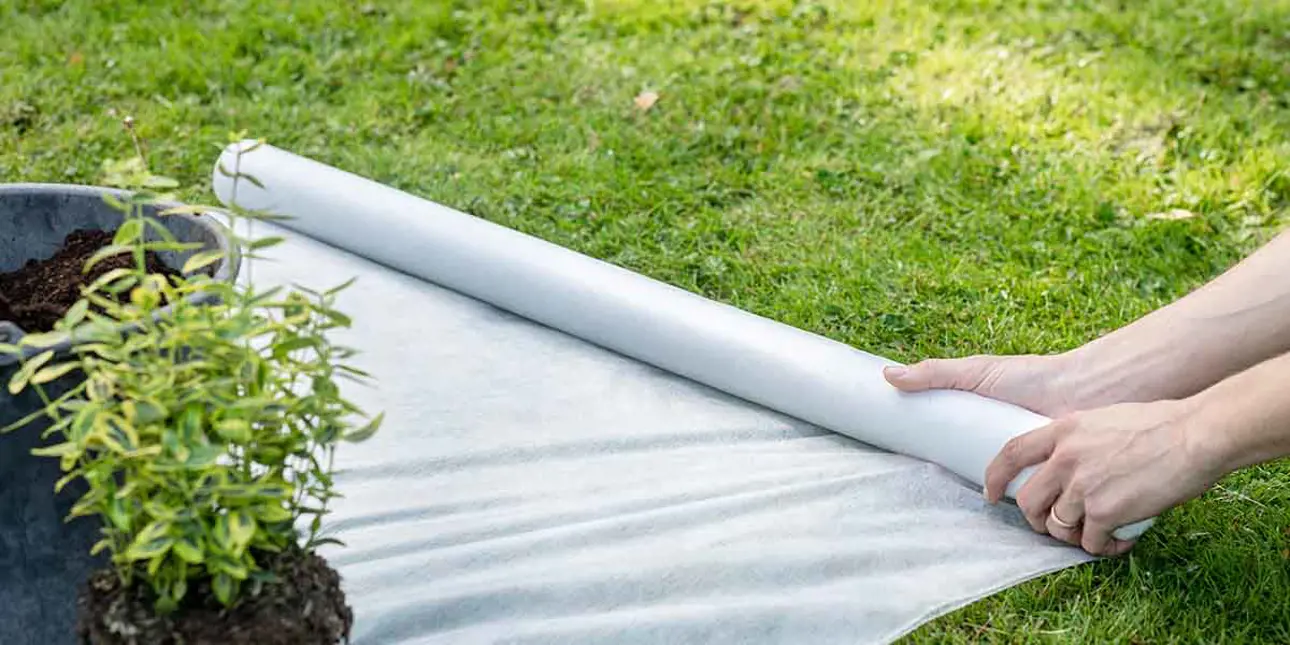The essential function of rolls in nonwovens production
In the production of nonwoven fabrics, the selection of the right type of roll is a critical factor that significantly influences the production efficiency and quality of the final product. Nonwoven materials are used in a wide range of applications, from medical supplies to automotive components, making the precision and functionality of each roll essential.

Key considerations for selecting the proper roll
When selecting rolls for a nonwovens production line, several key considerations should be considered:
- The rolls must be compatible with the type of nonwoven material being processed to prevent damage to the product and ensure efficient and cost-effective production.
- Each roll has a specific function, such as drying, bonding, curing tension control, water extraction, or cooling. Choosing the right type of roll for each application is crucial.
- Rolls must operate effectively under often extreme temperature and moisture conditions Rolls should be easy to maintain and have a long lifespan and minimize downtime.
- Rolls must meet all relevant safety standards and regulations.

Here are some details of various applications of rolls used in nonwovens production:
Vacuum tension rolls
Vacuum tension rolls are essential for maintaining precise tension control of the web during processing. They use vacuum pressure to hold the web against the roll, which is particularly useful for handling delicate or sensitive materials. This precise control helps prevent web breakage and ensures consistent quality throughout the production process. These rolls are often used in high-speed production lines such as film extrusion where maintaining uniform tension is critical to the final product’s integrity.
Vacuum transfer rolls
Vacuum transfer rolls are designed to transfer the web from one section of the machine to another while maintaining web stability and alignment. The vacuum ensures that the web remains securely in place during transfer, reducing the risk of misalignment or sheet breaks. This is crucial for high-speed processes that require precise positioning of the web, such as printing or coating.
Vacuum water extraction rolls
Vacuum water extraction rolls are used to remove excess water from the web after processes like washing or hydroentanglement. Higher vacuum tolerances and physical open area of the roll helps to efficiently extract water, reducing drying time and energy consumption.
Cooling rolls
Cooling rolls are used after a thermal process such as bonding or drying. They help to stabilize the web and prevent deformation by controlling the product temperature. Cooling rolls are often equipped with supplemental systems that circulate coolant to maintain a consistent roll temperature, ensuring uniform temperature across the web. This is particularly important for maintaining the dimensional stability of the nonwoven fabric.
Forming rolls
Forming rolls play a crucial role in the initial formation of some types of nonwoven webs. They help to lay down fibers in a uniform manner, which is essential for the consistency and quality of the final product. Forming rolls can be designed with various surface textures to influence the fiber orientation and distribution, which can affect the strength and appearance of the nonwoven fabric.
Washing rolls
Washing rolls are used to clean the web during production. They ensure that any impurities or residues are removed from the product, which is important for maintaining the quality and performance of the nonwoven fabric. Washing rolls are typically used in conjunction with water and/or cleaning agents to thoroughly clean the web without damaging it.
Porosity measuring rolls
Porosity measuring rolls are used to measure the permeability of the nonwoven web. This is important for applications where air or liquid permeability is critical, such as in filtration or hygiene products. These rolls often incorporate sensors and measurement systems that provide real-time data on the web’s porosity, allowing for adjustments to be made during production to ensure the desired properties are achieved.
Hydroentanglement rolls
Hydroentanglement rolls are used where high-pressure water jets are used to entangle fibers in the web. This process creates a strong and durable nonwoven fabric that can resemble woven or knitted materials. Hydroentanglement rolls are designed to withstand the high pressures and water volumes involved in this process and are often made from materials that resist corrosion and wear.
Moisturizing rolls
Moisturizing Rolls can be necessary for certain finishing processes or to improve the handling and processing of the web. These rolls can be equipped with systems to control the amount and distribution of moisture, ensuring that the web receives the right amount of moisture for the specific application.
Contact our experts!
To ensure you have the correct roll for your nonwovens production, it’s essential to consult with experts who understand the intricacies of the process. Valmet’s team of specialists is ready to assist you in selecting the right rolls to enhance your production efficiency and product quality. Reach out to Valmet today to optimize your nonwoven fabric manufacturing.
Source: greenbayinnovationgroup.com, ptonline.com, edana.org, nccmco.com, cotton.org, fiberjournal.com, non-woven.com
Related topics and news
Explore our customer success stories, market initiatives and learn more about our solutions offering in the nonwovens industry.




